When it comes to our furry companions’ diets, many pet owners seek to provide them with the healthiest options available.
Kale, a leafy green vegetable rich in nutrients, has gained popularity among health-conscious humans.
But can dogs eat kale safely?
Let’s delve into this question and explore the potential benefits and considerations associated with feeding kale to your canine friend.
Contents Overview
What is Kale?
Kale is a leafy green vegetable from the cabbage family, known for its high nutritional value and versatility.
It’s characterized by its curly leaves and robust flavor, often used in salads, smoothies, and cooked dishes.
This superfood has gained popularity for its health benefits and can be enjoyed raw or cooked.
Nutritional Value of Kale
Kale is packed with essential vitamins and minerals.
It is an excellent source of vitamins A, C, and K, and provides significant amounts of calcium, potassium, and magnesium.
Additionally, kale is rich in antioxidants and fiber, making it beneficial for digestive health and disease prevention.
Can Dogs Eat Kale Safely?
Dogs can eat kale in moderation. It provides nutrients like vitamins A and K, but should be given sparingly due to potential risks.
Overconsumption may cause gastrointestinal issues or contribute to kidney and bladder stones because of its high oxalate content.
Always consult your vet before adding new foods to your dog’s diet.
Potential Benefits of Kale to Dogs
Kale can provide several health benefits to dogs when given in moderation. Here are some of the key benefits:
Nutrient-Rich
Kale is packed with vitamins A, C, and K, which are essential for maintaining healthy skin, vision, and bones in dogs.Antioxidants
The antioxidants in kale help combat free radicals, reducing inflammation and supporting overall immune health.Fiber Content
The high fiber content aids in digestion, helping to keep your dog’s digestive system regular and healthy.Calcium
Kale provides a good source of calcium, which is vital for strong bones and teeth.Low in Calories
Kale is low in calories, making it a healthy snack option for dogs that need to maintain a healthy weight.
Potential Risks and Precautions of Feeding Kale to Dogs
While kale can be beneficial, it also poses some risks for dogs if not fed properly.
Here are the main risks and precautions:
Oxalates
Kale contains high levels of oxalates, which can contribute to the formation of kidney and bladder stones. Dogs prone to these conditions should avoid kale.Thiocyanates
This vegetable also has thiocyanates, which can affect thyroid function if consumed in large quantities. It’s crucial to limit the amount of kale given to dogs.Digestive Issues
Overfeeding kale can lead to gastrointestinal problems like gas and diarrhea. Introduce it slowly and monitor your dog’s reaction.Pesticides
Non-organic kale may have pesticide residues. Always wash kale thoroughly and consider using organic kale to reduce this risk.Balanced Diet
Ensure kale is only a small part of your dog’s diet. It should not replace other essential foods and nutrients necessary for a balanced diet.
Safe Ways to Feed Kale to Dogs
To ensure your dog enjoys the benefits of kale without the risks, follow these safe feeding methods:
Moderation is Key
Only give your dog small amounts of kale to avoid digestive issues and potential health risks.
Thorough Washing
Wash kale thoroughly to remove any pesticide residues. Opt for organic kale when possible.Cooked Kale
Cook kale lightly to make it easier for your dog to digest. Steaming is a good option as it preserves most nutrients while reducing the levels of oxalates and thiocyanates.Remove Stems
Remove the tough stems as they can be hard for dogs to chew and digest.Chop Finely
Chop kale into small, manageable pieces to prevent choking and make it easier to mix with other foods.Mix with Regular Food
Incorporate small amounts of kale into your dog’s regular meals. This ensures they still get a balanced diet.Observe for Reactions
Monitor your dog for any adverse reactions, especially when introducing kale for the first time. Look out for signs of gastrointestinal distress or allergic reactions.Consult Your Vet
Always check with your veterinarian before adding new foods to your dog’s diet. They can provide tailored advice based on your dog’s health.
When to Avoid Kale for Dogs
- Kidney or Bladder Issues: Avoid if your dog has a history of kidney or bladder stones due to kale’s high oxalate content.
- Thyroid Problems: Skip kale if your dog has thyroid issues, as thiocyanates in kale can interfere with thyroid function.
- Digestive Sensitivity: Don’t feed kale if your dog has a sensitive stomach or experiences frequent gastrointestinal issues.
- Allergic Reactions: Stop feeding immediately if your dog shows signs of an allergic reaction, such as itching, swelling, or difficulty breathing.
- Excessive Gas: Avoid kale if your dog gets very gassy, as this can indicate difficulty digesting the vegetable.
- Pesticide Concerns: Don’t use non-organic kale that hasn’t been thoroughly washed, to avoid pesticide exposure.
- Puppies and Elderly Dogs: Be cautious with very young puppies and elderly dogs who may have more sensitive digestive systems.
Safe and Suitable Alternatives of Kale for Dogs
Safe and suitable alternatives to kale for dogs include spinach, green beans, and carrots.
These vegetables are rich in essential nutrients and easier on a dog’s digestive system. Spinach provides vitamins A, C, and K, while green beans offer fiber and vitamins.
Carrots are a great source of beta-carotene and fiber. Always introduce new vegetables gradually and consult your vet to ensure they fit your dog’s diet.
Bottom Line
In conclusion, kale can be a safe and nutritious addition to your dog’s diet when served in moderation and prepared appropriately.
While it offers valuable vitamins, minerals, and antioxidants, it’s important to be mindful of potential risks associated with its oxalate content.
By following proper serving guidelines and monitoring your dog’s response, you can incorporate kale into their diet as part of a balanced and healthy meal plan.




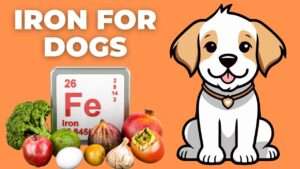
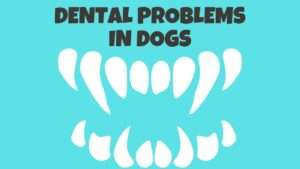



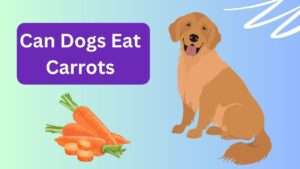


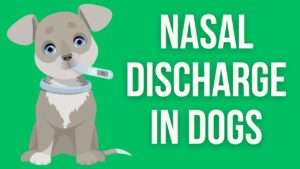


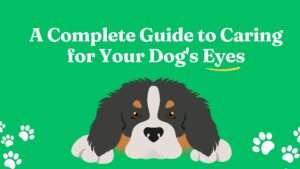

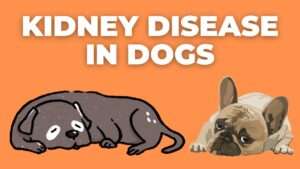





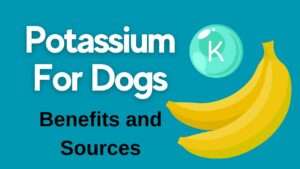
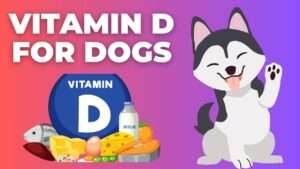
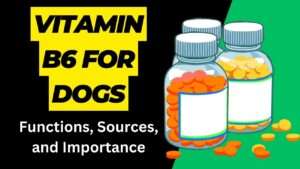










+ There are no comments
Add yours